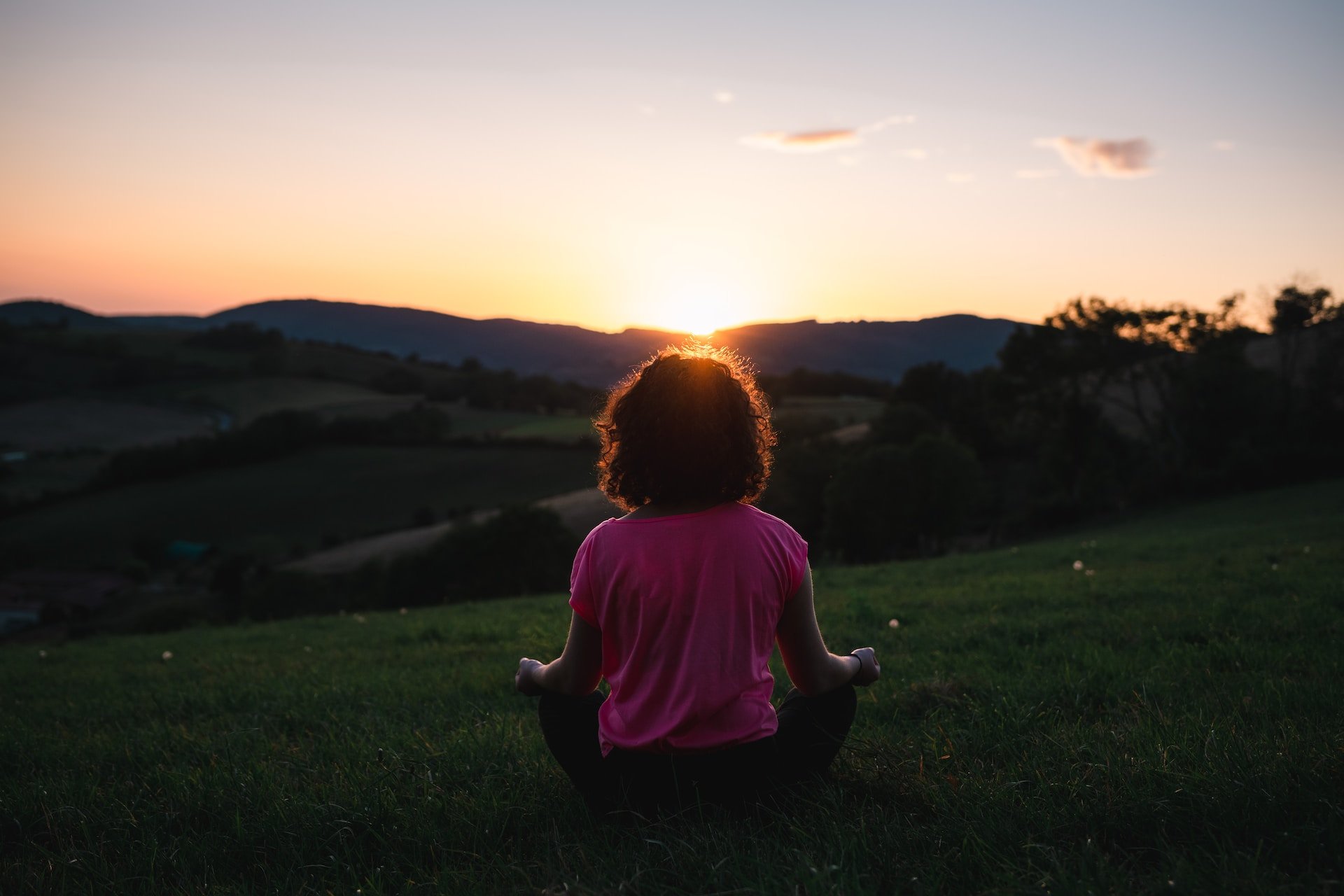Build or repair?
Remember the beginning of 2020? Until February or March of that year, the world seemed pretty normal. Then we launched into the pandemic and life changed forever.
No matter how we might try to discard our memories and stake a claim to our resilience, our ability to pivot, our responsiveness to unforeseen circumstances and the simple weirdness of the entire situation, one issue is undeniable. The pandemic created an epidemic of stress in our children.
I could provide a reference from innumerable sources. I’ll stick with this quote from a study undertaken by SickKids Hospital:
One concerning finding for the study team was the significant proportion of otherwise healthy school-aged children who experienced deterioration in a number of mental health domains, including depression (37.6 percent), anxiety (38.7 percent), irritability (40.5 percent) and attention span (40.8 percent).*
As educators and parents, the overall findings might not be a surprise, but the absolute numbers should be concerning.
In mid-19th Century, the American abolitionist Frederick Douglass observed, “It’s easier to build strong children than to repair broken (adults).”
Our intent at Walden is to make good people. As a core element of that mission, we make every effort possible to both recognize the impact of stress on our students and create an environment and curriculum to help your kids manage the new realities of this world.
We do this in partnership with the complete Walden community and willingly share some steps we take to help our students thrive. It just so happens that many of the initiatives we pursue align with best practices in society. For example, here’s what the American Psychological Association recommends**:
Exercise. Physical activity is an essential stress reliever for people of all ages. The U.S. Department of Health and Human Services recommends at least 60 minutes a day of activity for children ages 6 to 17.
Talk it out. Talking about stressful situations with a trusted adult can help kids and teens put things into perspective and find solutions.
Make time for fun—and quiet. Just like adults, kids and teens need time to do what brings them joy, whether that’s unstructured time to play with building bricks or uninterrupted hours to practise music or art. Also, while some children thrive, bouncing from one activity to the next, others need more down time. Find a healthy balance between favourite activities and free time.
Get outside. Spending time in nature is an effective way to relieve stress and improve overall well-being.
Write about it. Research has found that expressing oneself in writing can help reduce mental distress and improve well-being.
Learn mindfulness. In a study of a 5-week mindfulness training, researchers found that kids and teens who learned mindfulness experienced significantly less mental distress.
We’ve been following each of these practices for a long time at Walden. It’s all part of making good and strong people.
How could you implement some of these activities at home?
*SickKids, https://tinyurl.com/526mzpw7
**American Psychological Association, https://www.apa.org/topics/children/stress


